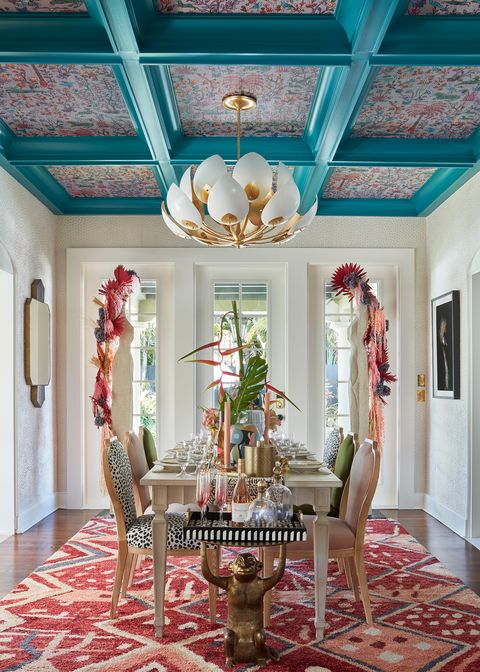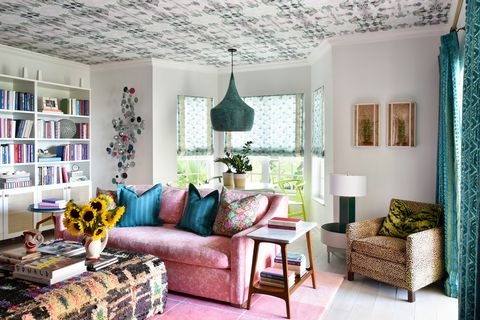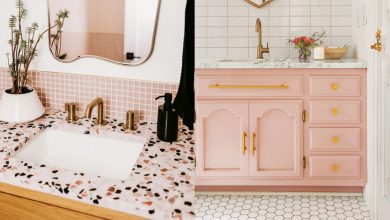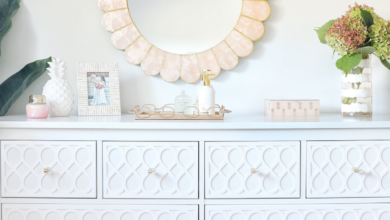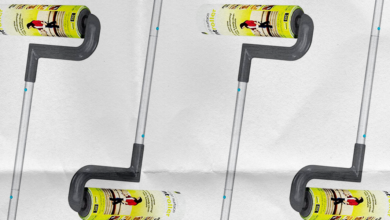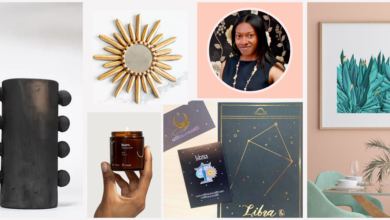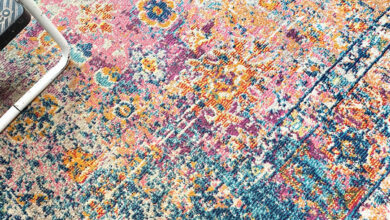What It Is, Examples and Decor Tips
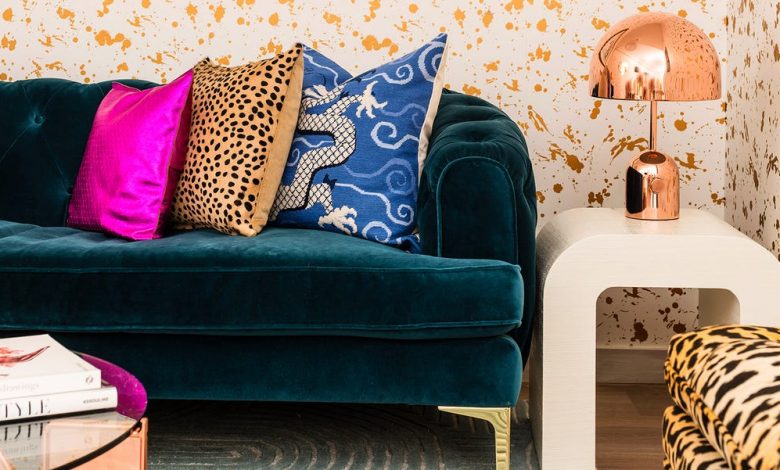
[ad_1]
Jessica Delaney; Design by Megan Hopp
Much like fashion, interior decorating is meant to be a thrill. It’s a way to express yourself without any constrictions or fear of deviating from classic design guidelines. So it’s no surprise that maximalism is gaining steam. While it’s not for everyone, it’s a surefire approach to achieve an Instagram-worthy home that is full of style.
What is maximalism? A brief history and some examples of the style:
To put it simply, maximalism calls for going bold. Rooms filled with patterns upon patterns. A myriad of unique color combinations. Loads of texture. These are just a few signatures of the audacious style that is favored by a host of interior designers, including Beth Diana Smith and Eleanor Trepte of Dekay and Tate Interiors.
“It’s a style, like many others, that has regained popularity and evolved over the years but has existed in different forms, from Victorian to Memphis Design to the modern spin we see now,” says Diana Smith, who is known for her “eclectic maximalist” aesthetic. “It’s fun and brings energy and visual interest to a space.”
Trepte says the design style dates back centuries. “I think it started to take off as early as the 30’s in the Hollywood Regency style, and again in the 70’s and the 80’s until today. The term ‘less is more’ died and ‘more is more’ took off strong.”
Trepte counts Patrick Mele as one of her favorite maximalism designers, for example, noting that he “breaks rules” and “makes you think about design in a very different way.”
How to incorporate the maximalism trend into your home:
Today, Diana Smith notes that examples of maximalism can often be found in bedrooms, living rooms and especially powder rooms, since people tend to be more willing to take design risks in smaller spaces. When it comes to easy ways to experiment with the trend, she recommends incorporating things like sculptural stools, upholstered furniture in striking patterns and large-scale oversized art into a design scheme.
Maximalism is not conducive to holding back, Trepte says. “It’s all about being the most daring you can possibly be. It’s also a form of personal expression without boundaries or rules, which is always fun in interior design.” Trepte likes putting unexpected colors on full display, whether it’s through art and accessories or furniture and wallcoverings. There’s no need to be matchy-matchy either when it comes to displaying decorative objects. “They just need to flow,” Trepte says. In her view, the living room is the perfect spot to embrace the principles of maximalism. “It often reads as the centerpiece of the home, and as such is a place you can express your true style statement strongly and then trickle throughout the rest of your home.”
But allow your eye to rest, too, Diana Smith warns. Don’t overlook careful editing during the design process. “I usually start off with all of the pieces that I would love to see in the space and then edit — remove and move around — until it’s my version of perfect. Incorporate bold or statement pieces that can stand out as their own moment in the space, and then build around that.”
This content is created and maintained by a third party, and imported onto this page to help users provide their email addresses. You may be able to find more information about this and similar content at piano.io
[ad_2]
Source link


